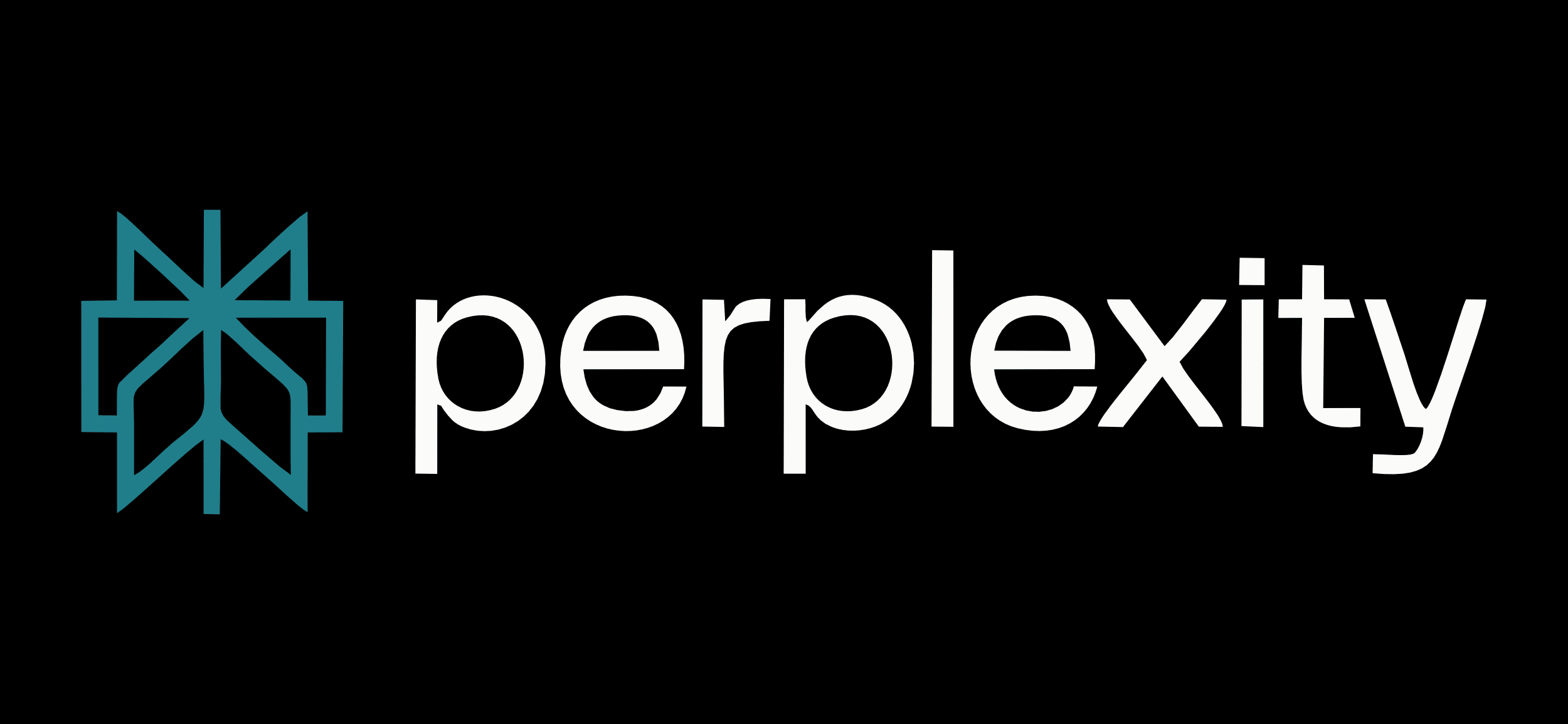Perplexity has made its Comet AI browser available to everyone for free, widening access beyond its paid user base. The browser, launched three months ago for Max subscribers, introduces new tools designed to turn web browsing into an AI-driven task assistant.
The company describes Comet as a ‘browser for agentic search’, referring to autonomous software agents capable of handling multi-step tasks for users.
Free users can access the sidecar assistant alongside tools for shopping comparisons, travel planning, budgeting, sports updates, project management, and personalised recommendations.
Max subscribers gain early access to more advanced features, including a background assistant likened to a personal mission control dashboard. The tool can draft emails, book tickets, find flights, and integrate with apps on a user’s computer, running tasks in the background with minimal intervention.
Pro users also retain access to advanced AI models and media generation tools.
Perplexity is further introducing Comet Plus, a $5-per-month standalone subscription service that acts as an AI-powered alternative to Apple News. Current Pro and Max subscribers will receive the service automatically.
The move signals Perplexity’s ambition to expand its ecosystem while balancing free accessibility with premium AI features.
Would you like to learn more about AI, tech and digital diplomacy? If so, ask our Diplo chatbot!










